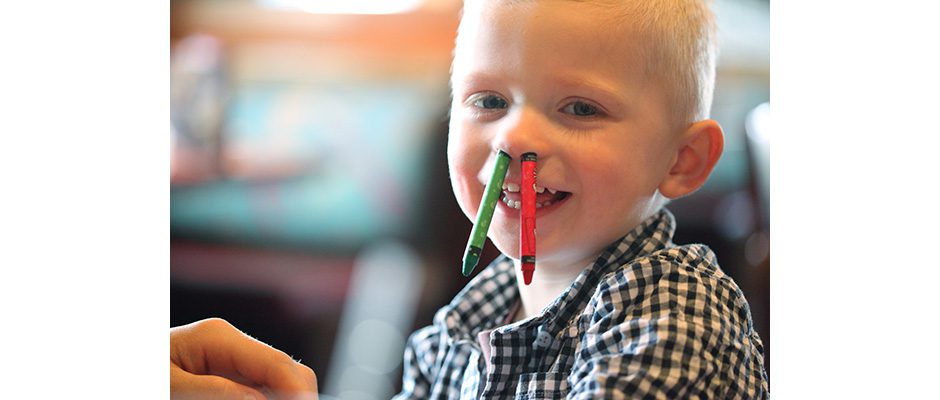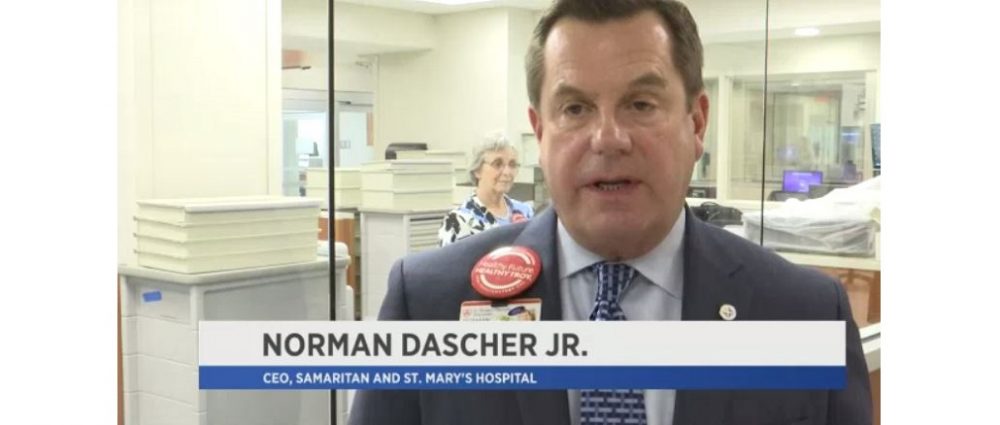
[This article was written by the SPHP Emergency Services Team.]
Nostrils, mouths, ear canals … these orifices are all incredible “toy holders” in the mind of a toddler or young child. Children are natural explorers and, unfortunately, like to put more than fingers in these places. Things like puzzle pieces, tiny figurines, marbles, crayon pieces, and beads. And it’s not just toys; they do this with food items, too! Things like nuts, raisins, and peas. These items can become lodged in tiny spaces and may need medical attention to remove them if home remedies don’t work.
Sometimes these situations are minor and benign, but other times they can be real life-threatening emergencies. Some of the more dangerous objects are magnets – if swallowed, they can be attracted to each other inside the body and cause infections and intestinal blockages. Small batteries (button batteries are common) can be extremely toxic and dangerous if swallowed. With these items, call 9-1-1 or get to the emergency department quickly.
Of course, choking or obstructed breathing are also emergencies. According to Penn State Health Children’s Hospital, about 200,000 children end up in emergency rooms with toy-related injuries each year. So, what can you do?
The best defense is active parenting. Don’t allow children to play with toys (or eat food) without adult supervision. Other tips include:
- Make sure toys are age-appropriate. Be especially vigilant if you have a younger child and an older child sharing toys.
- Make sure battery compartments cannot be opened by a young child.
- Keep inappropriate toys/items out of reach of small, wandering hands and climbing feet.
Despite best efforts, accidents will happen. If it is not a dangerous object (like a battery or something sharp), breathing is not obstructed, and you can see the object, you may be able to remove it yourself at home and avoid the stress and time of spending hours in a waiting room.
- If it’s lodged in the nose, have your child gently blow their nose with the clear nostril closed.
- Cover one nostril with your finger, and firmly seal your mouth over the child’s mouth and blow gently into the child’s mouth.
- Remove with tweezers if the object is in plain sight, but be careful not to push it deeper into the nose cavity or ear canal. Never poke or prod with tweezers or cotton swabs.
- Use a rubber-bulb syringe and warm water to wash the object out of the ear canal (unless the child has ear tubes or a hole in the eardrum).
Hopefully the object pops out and all is good! If your child continues to have pain, oozing fluid, or other abnormal symptoms – or if you have tried and cannot retrieve the object – call your pediatrician’s office for advice or visit an urgent care if your provider’s office is closed and does not offer after-hours appointments or callbacks. Use the emergency room in a true emergency, as noted above.
Here’s wishing you a safe and happy holiday season spent with your loved ones and not in the emergency room!





